Last Updated on 30 September 2023 by Cycloscope
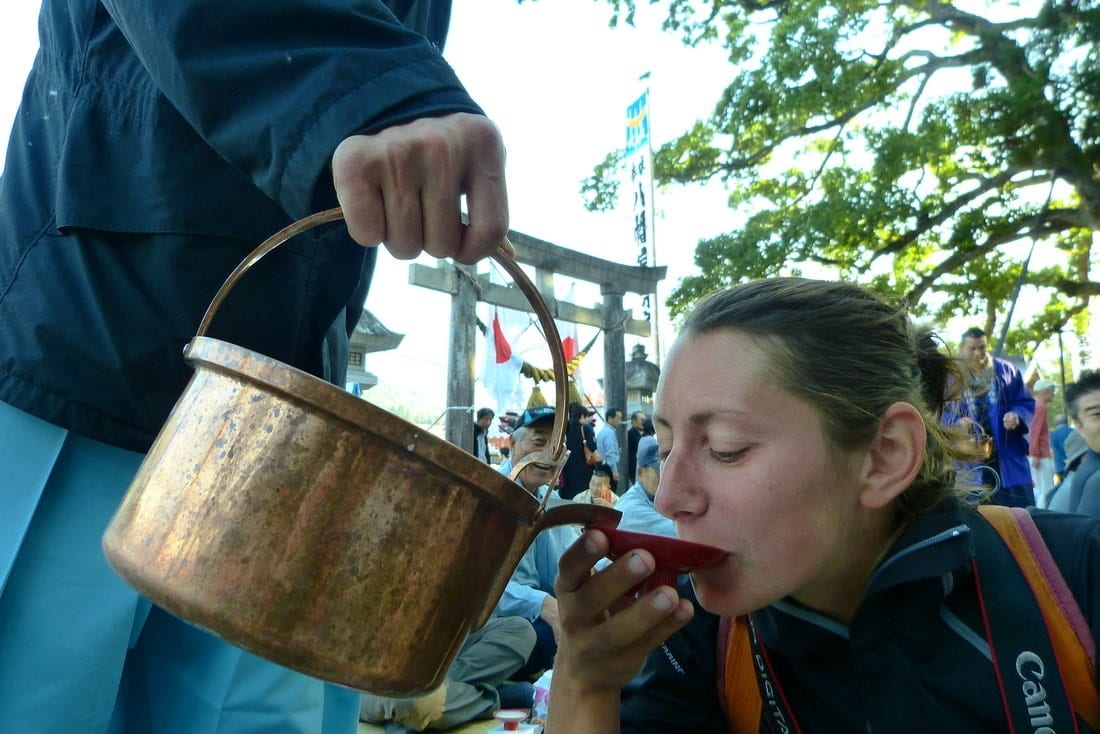
A reportage from the Raw sakè festival in the Japanese Alps, Doburoku matsuri in Shirakawa-go
And so finally we reached Shirakawa-go, with the forced detour we took yesterday because of a landslide we were afraid we wouldn’t have made it in time. But here we are, perfectly punctual at 8 in the morning.
A couple of kilometers before the town center there is the information point facing the Shinto shrine where the festival will take place today.
Shirakawa-go is a very special place, one of the most beautiful villages of the Japanese Alps and perhaps of the whole Japan, if you are more interested in the town than in the festival just jump straight to this article about the village of Shirakawa.
Doburoku Matsuri
“Matsuri” is the Japanese word for festival, it’s mainly used with referring to the religious one, but sometimes even for more profane events. This festival takes place from October 14 to 19 (at least this year 2016, check out this site for details about many Japanese matsuri) today is the last day.
These days people pray to the god of the mountain offering him the doburoku sakè to ask for a good harvest. Different days, different shrines, today is the day of Lijima Hachiman Shrine.
At 9 am, the religious ceremony begins in the jinja (the Japanese word for Shinto shrine), there isn’t a big crowd right now, this morning celebration seems to be a matter for the “insiders”, the actual organizers, performers, and local religious authorities. The first doburoku is brought to the altar and some prayers are told, then is poured for the people to drink.
But what is the doburoku sakè?
Doburoku sakè
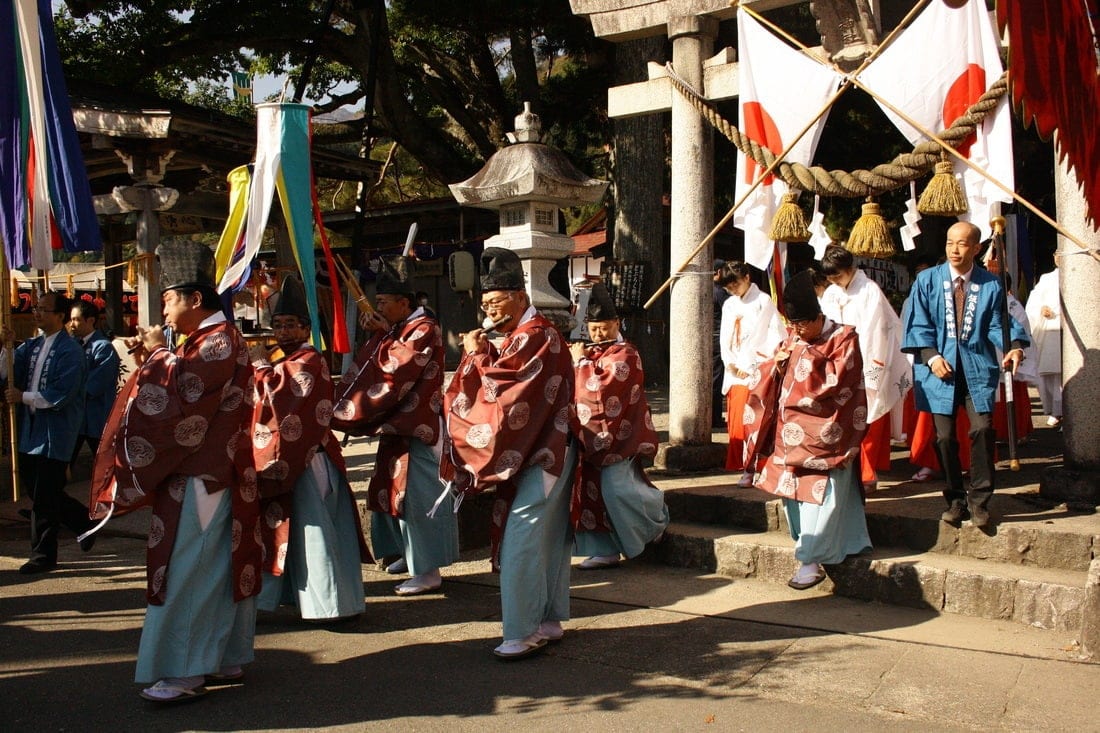
The doburoku saké is a type of rice wine (we do know what we’re talking about when we say sakè, don’t we?), it is rough, not filtered, thick, dense and white. In Japan is forbidden to brew saké at home, but the people here have special permission because of this tradition.
Despite the fact that the morning’s sake is meant for the insiders, as soon as the people become aware of our presence we are immediately poured some. Sometimes being foreign is comfortable.
And the party begins…
Shishimai, the Japanese lion dance
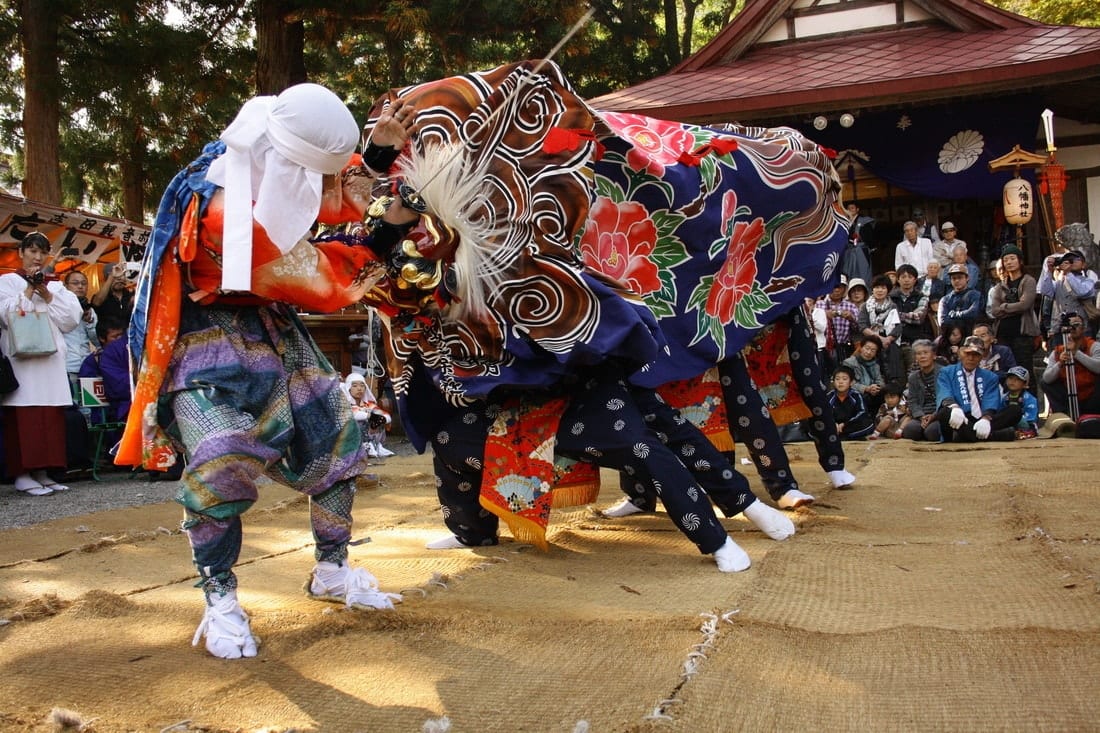
Around 10 am the mikoshi (portable shrine) is pulled out of the jinja and the procession starts. Traditionally dressed musicians play a hypnotic pattern of flutes, drums, and mouth organs.
Three young men wear the lion costume. The first stop is in the square of the information point, just across the street. Here starts the lion dance, Shishimai.
Two kids, around 10 years old, I guess, fight the lion with various weapons. Their movements are swift and fluid, a show of very good skills for such young kids.
The dance seems to have been imported from China during the Tang Dynasty and was associated with the celebration of the birthday of Buddha. The style varies from region to region. Apparently, there are up to 9000 variants.
From the Buddhist rites, the dance was borrowed to Shinto ceremonies, as here, and it’s also performed to celebrate the coming of the new year.
The wooden mask of the lion is called Shishi-gashira, and is handled by a man who plays the lion head, other two men behind him are the body of the lion, all are under a colorful cloth.
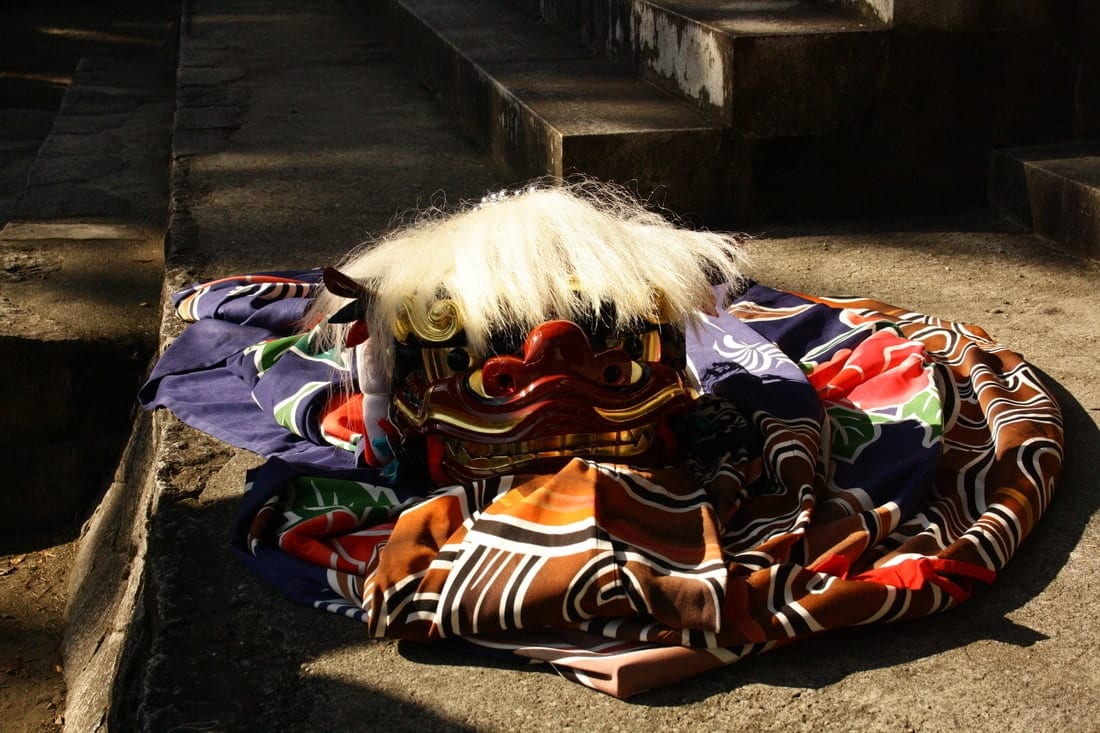
Meanwhile, a guy with a banana face, that looks like coming out straight from an 80’s anime, keeps on bringing us beer and sake.
The procession slips through the narrow alleys of the town’s outskirts, stopping a few times to redo the dance, first in front of another shrine and then in front of someone’s house. And banana face sticks to his mission to make us drunk. It is 11 am and indeed we are already sloshed.
Luckily there is a two-hour lunch break, we stuff some 7Eleven shit into our stomachs hoping to withstand the rest of the day. Back to the jinja, we witness the main ceremony of doburoku’s donation to the god of the mountain, and then all the spectators are pushed to sit on a long carpet.
The crowd is bigger now, but it’s still a small festival, mainly locals and people from nearby villages, needles to say we are the only foreigners, as usual.
Now the thing works like this, you pay 400yen to purchase a flat cup and then you can drink all the sake you can, or even more. We sit down and some ladies go serve the sake seamlessly when they see an empty cup they run to fill it.
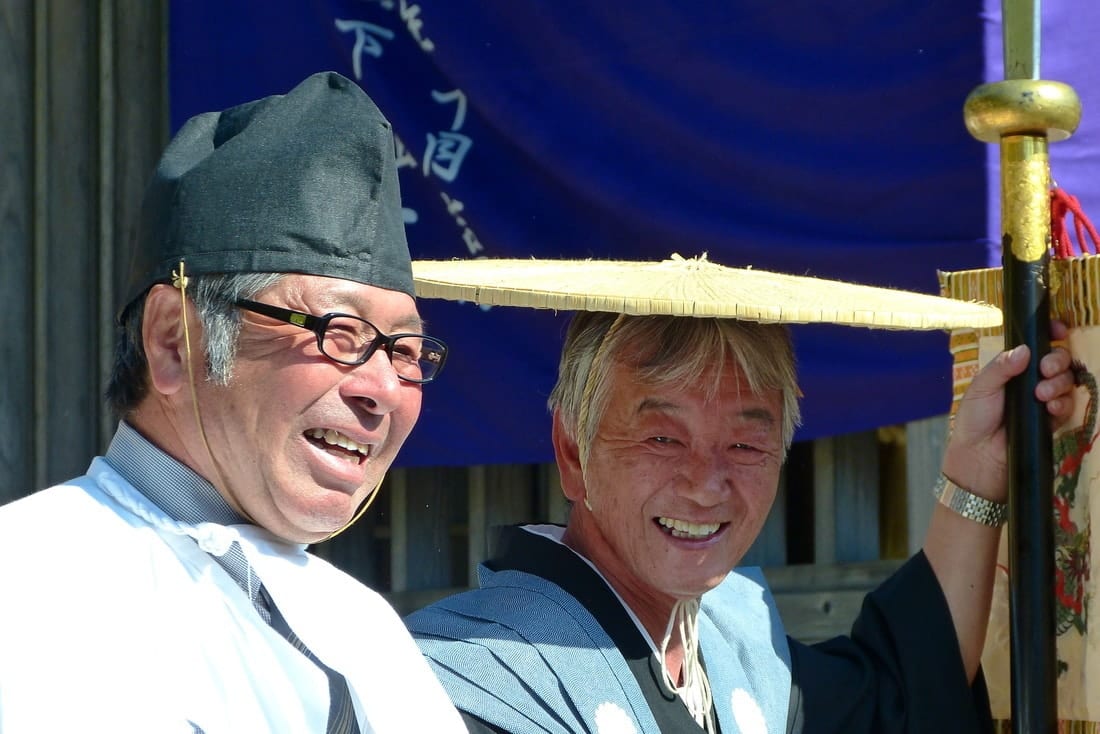
We meet Toru, a mechanic who used to live in Vancouver, and we chat. We are always interrupted by people who want to take pictures with us.
To give us a better welcome they make us drink more than everybody else, in a way that according to them is “Japanese style”. You drink from the saucer (the flat cup) while a lady keeps on pouring sakè in it, non-stop.
On stage, there are singers and peasant dances but nobody seems to care, everybody is too focused on the sake drinking. The drunk Japanese do such things they would never do when sober. A guy even hugs us!
We’re offered some very nice sashimi, everything seriously begins to blur.
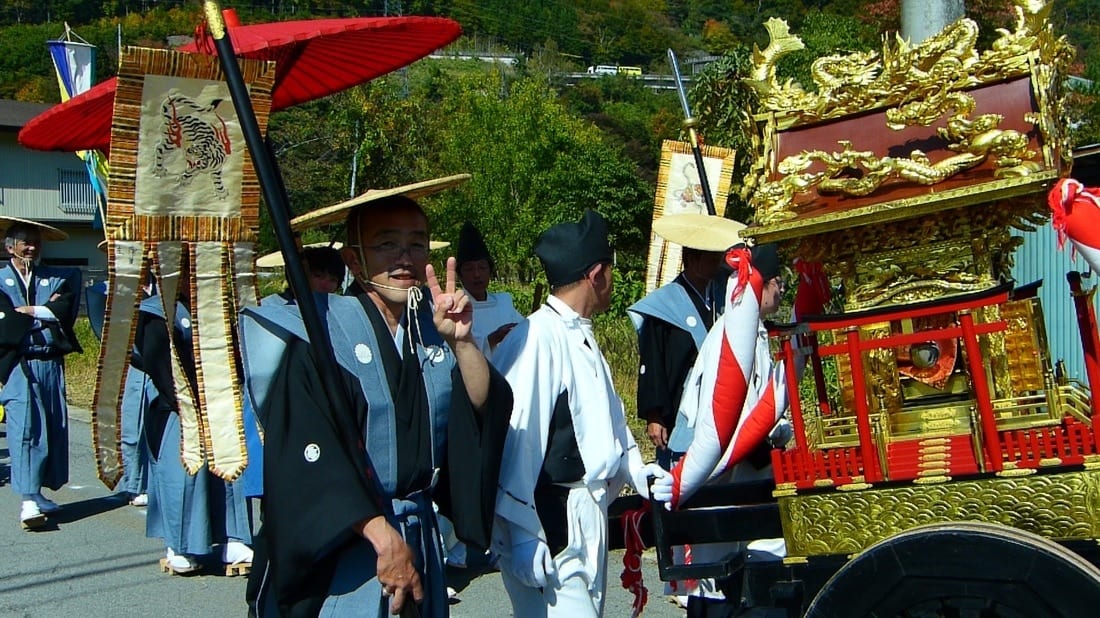
Fortunately, there is a two-hours break before the evening ceremony, we make use of that by napping on the information center’s benches. Before the sun sets we set up our tent in a meadow back there. We meet another traveler then, Koji, from Chiba, here by car, where he will sleep too.
Because of the crazily expensive hotel’s price all around Japan, many people just sleep in their cars when traveling, not just the young and adventurous, but also families and older couples.
Indeed the parking lot is full of people sleeping in their cars. That’s why we saw so many abandoned hotels everywhere around in Japan.
We go with Koji to see the lion dance in the evening, the long version this time. They perform on a big jute rug and both dancers and musicians are visibly exhausted.
The kids keep on fighting the lion, adding new moves and techniques to the previously used ones, they may be slightly less tired than the older performers but sweat is clearly visible on their temples. This time the dance lasts more than one hour.
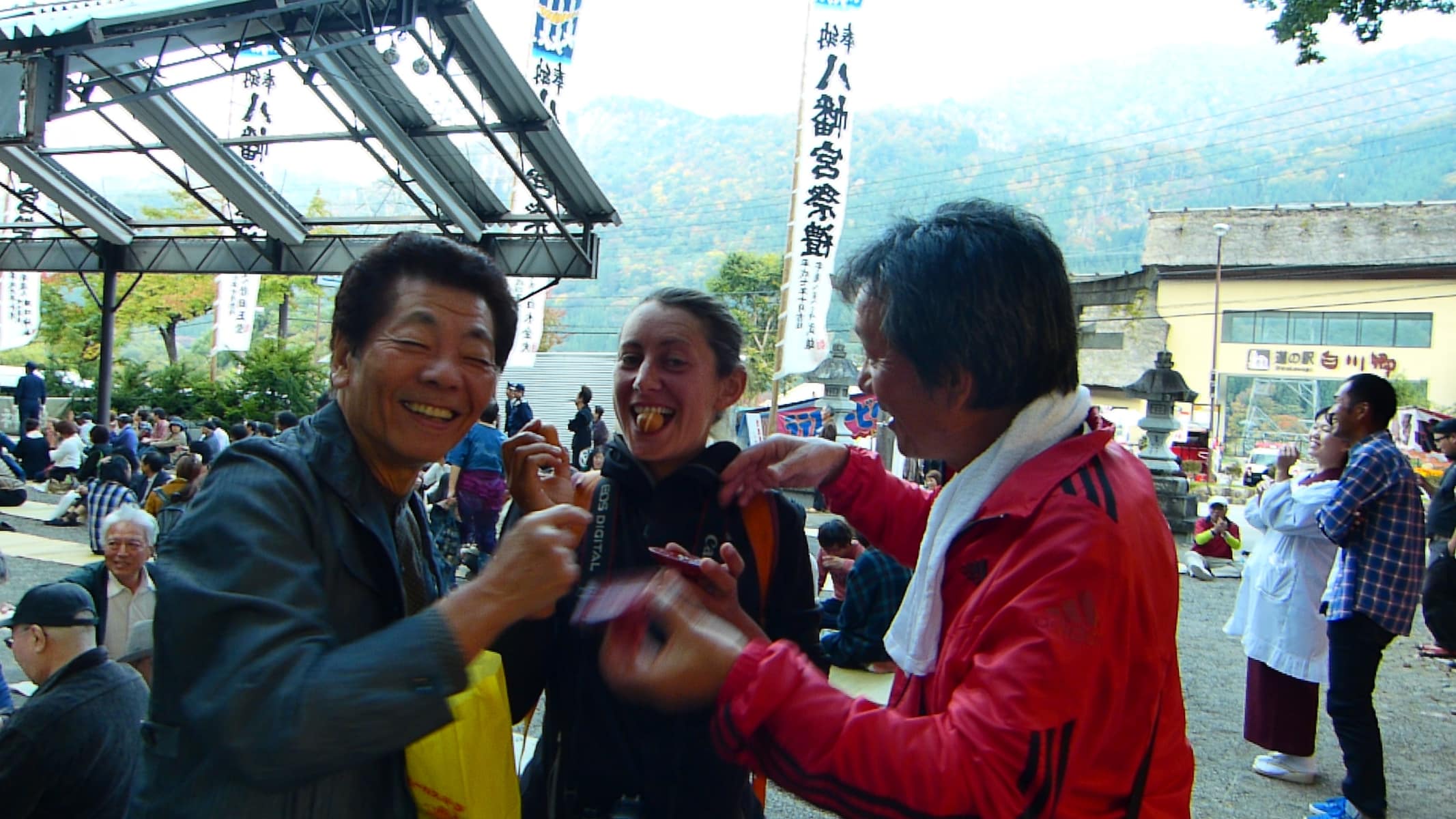
At some point, there come some guys with funny costumes who make a parody of the dance, and so the performers take up a real breath finally (but not the musicians). After the dance, there are some performances on stage by the villagers, between unlikely karaoke tunes and weird dances from some anime’s signature songs. Very funny, the nice atmosphere of a true village festival
Check also
We came to Shirakawa-Go as part of our Japanese three-month leg of our two years Asian bicycle trip.
To have a panoramic of our Japanese bicycle touring project, check our itinerary in this other article.
For Japanese destination not covered by us, check this very comprehensive guide for Japan
Please comment, like and share on social networks if you like!
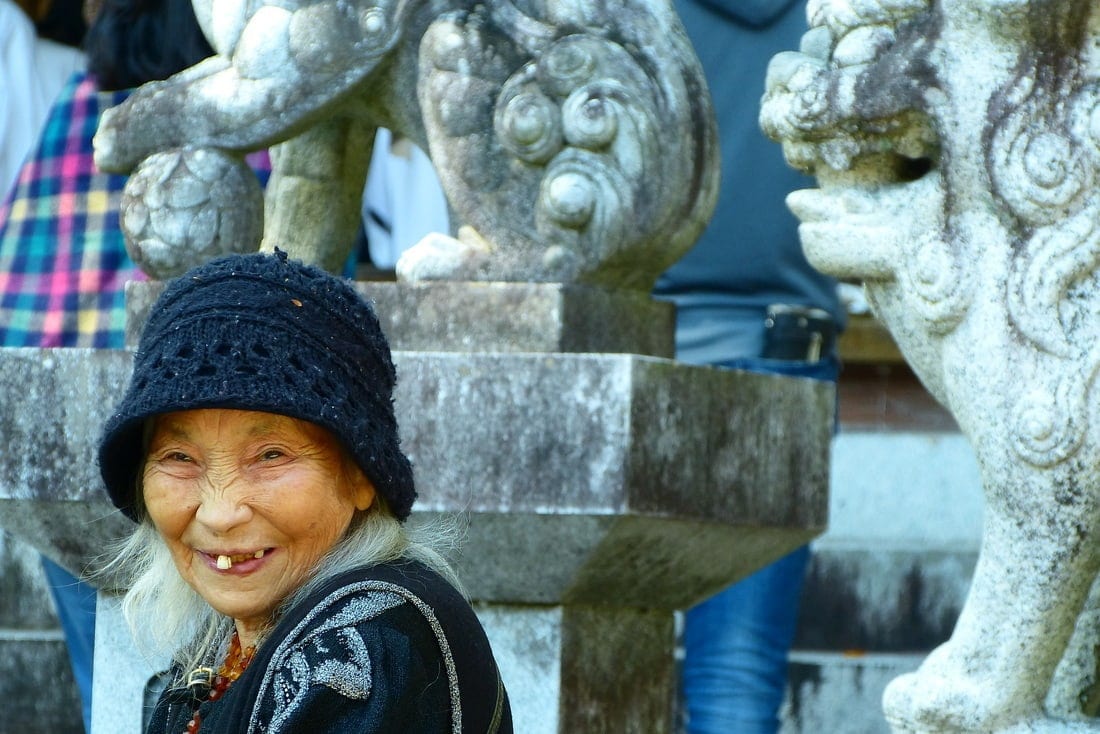
Doburoku Matsuri photo gallery
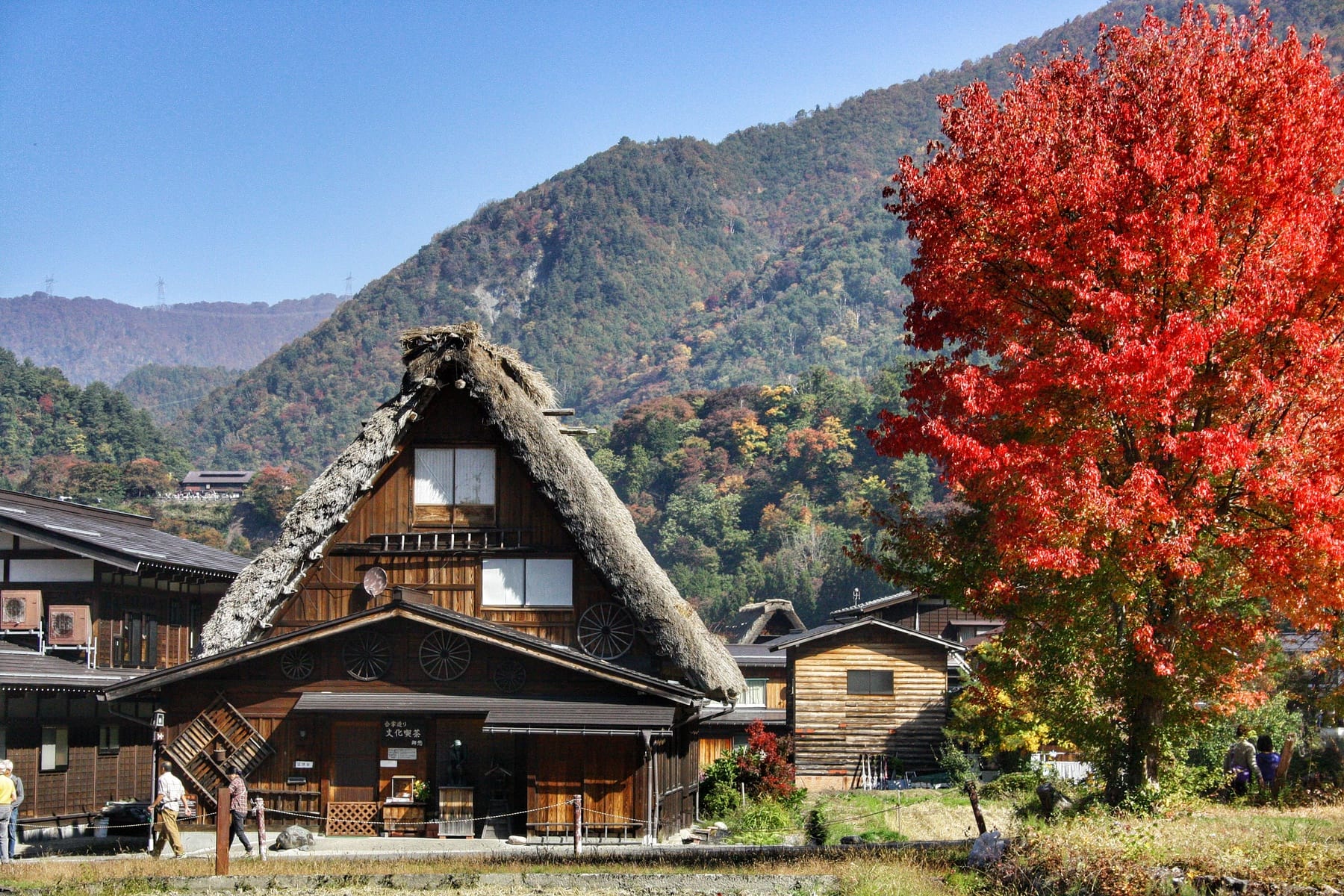
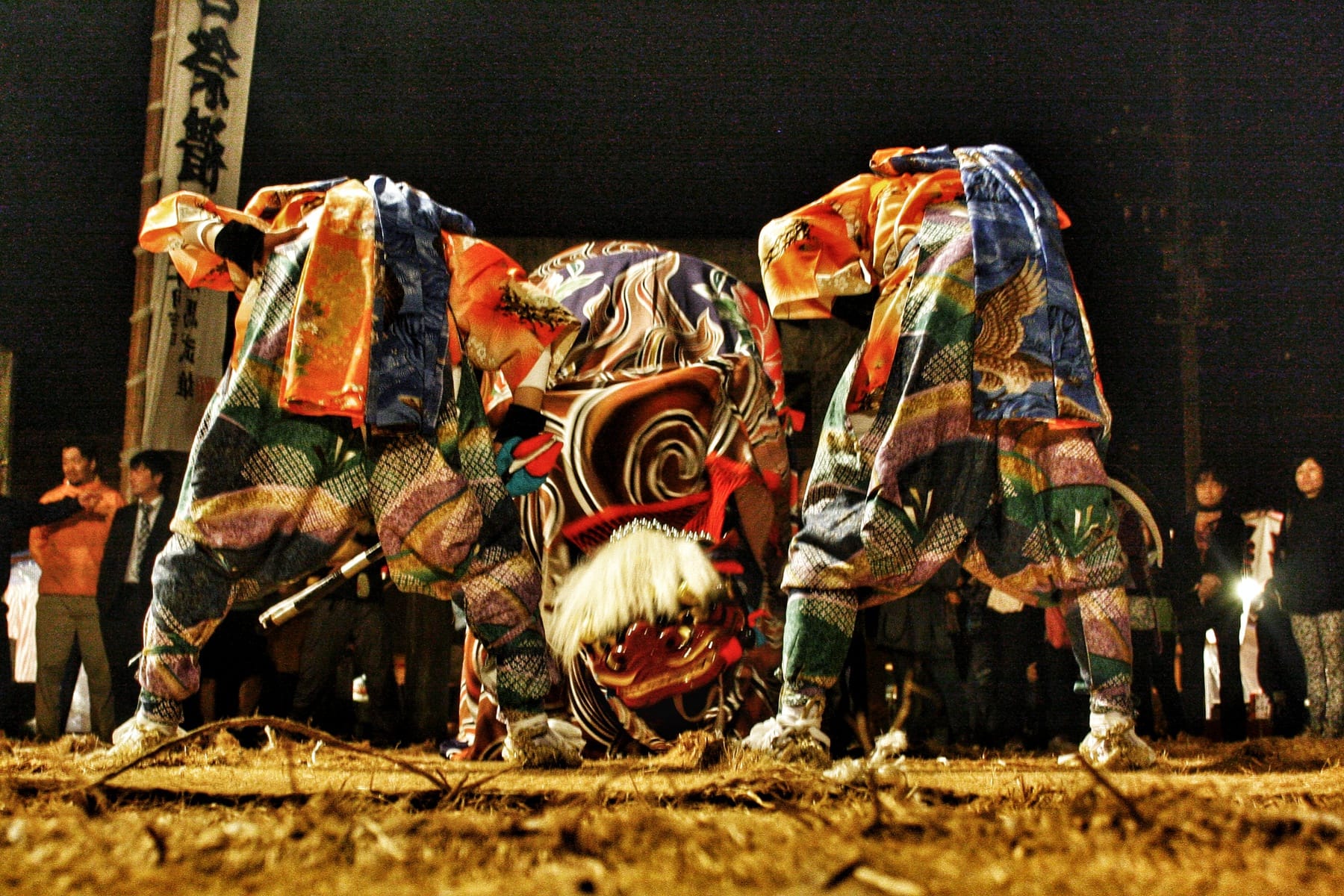
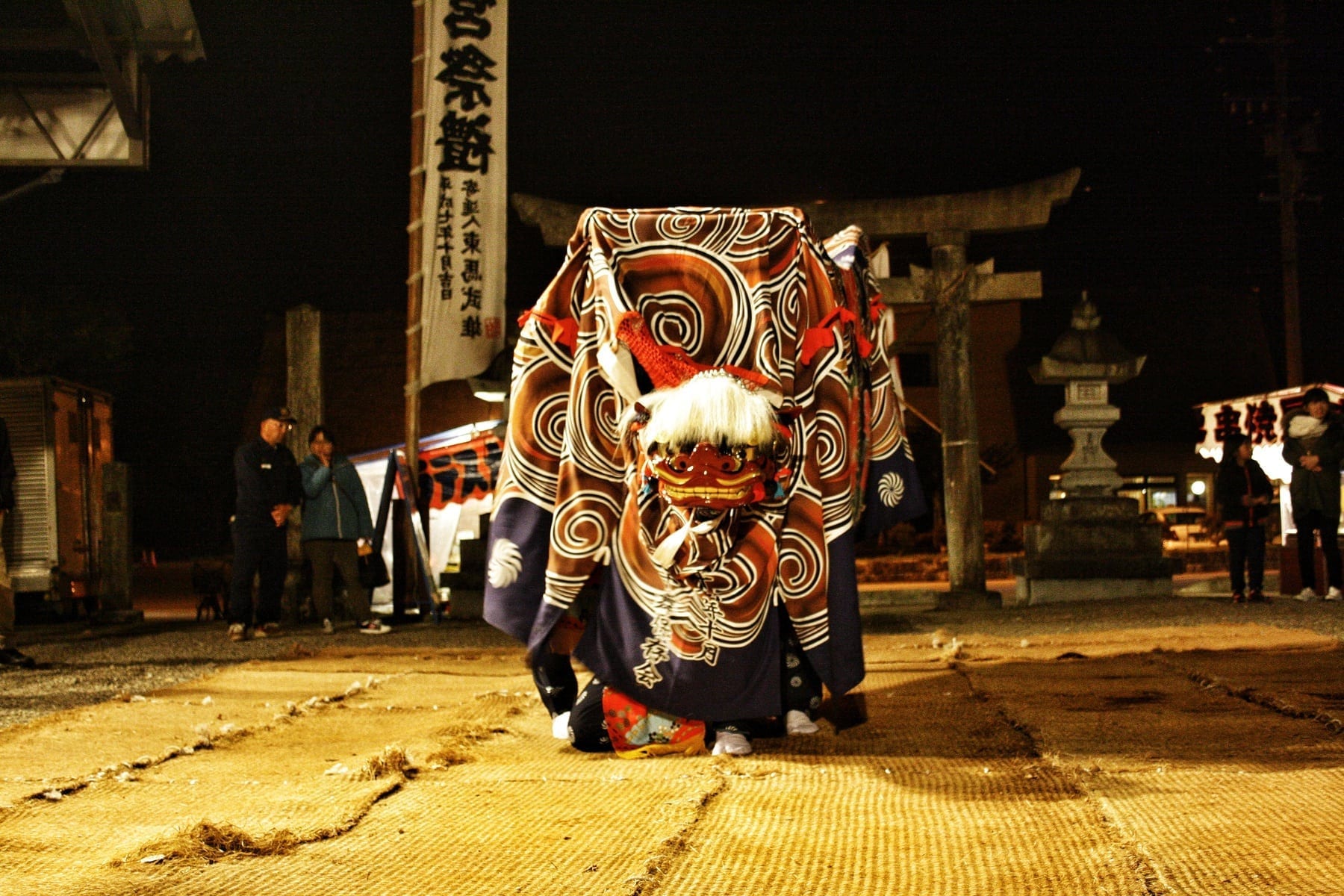
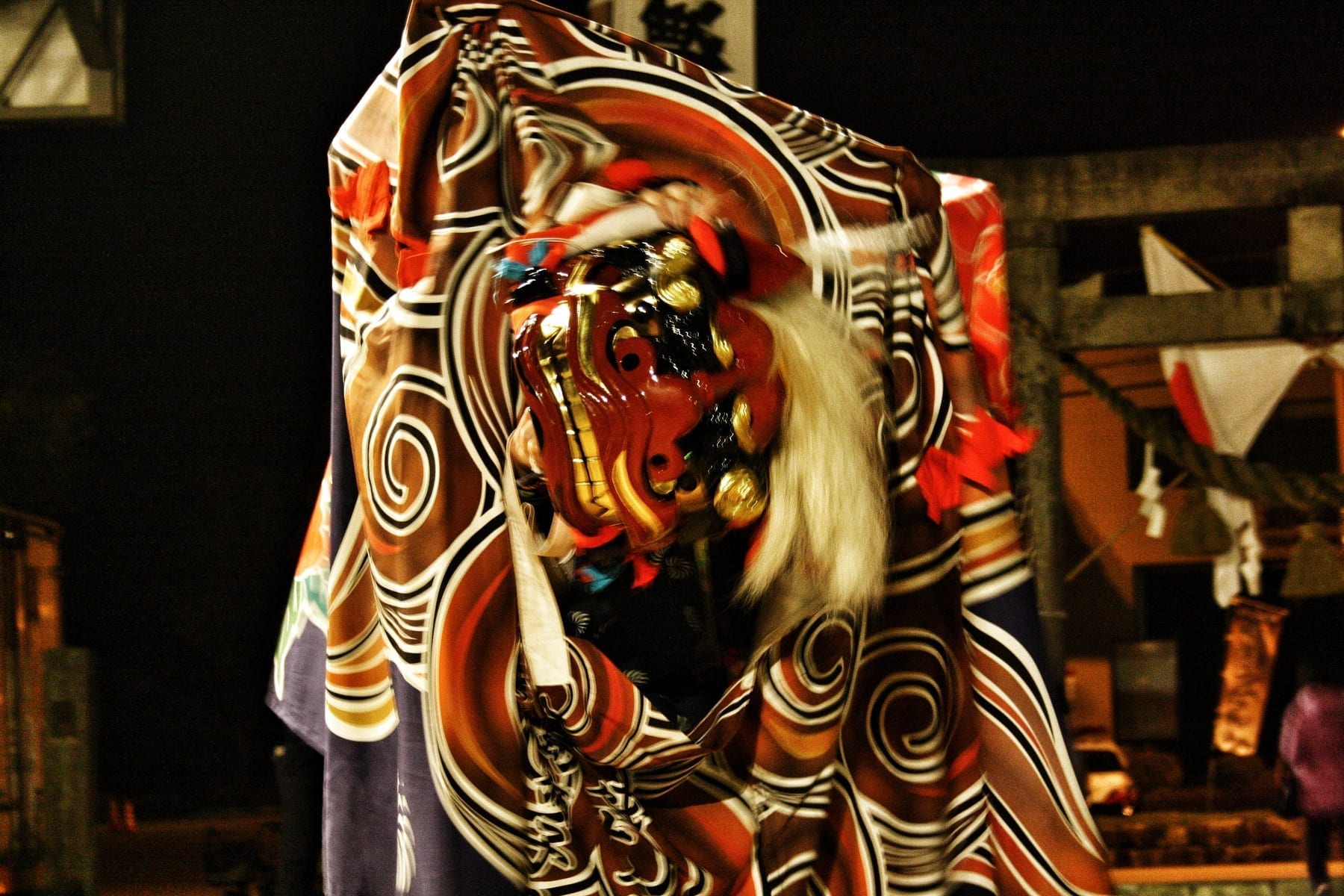
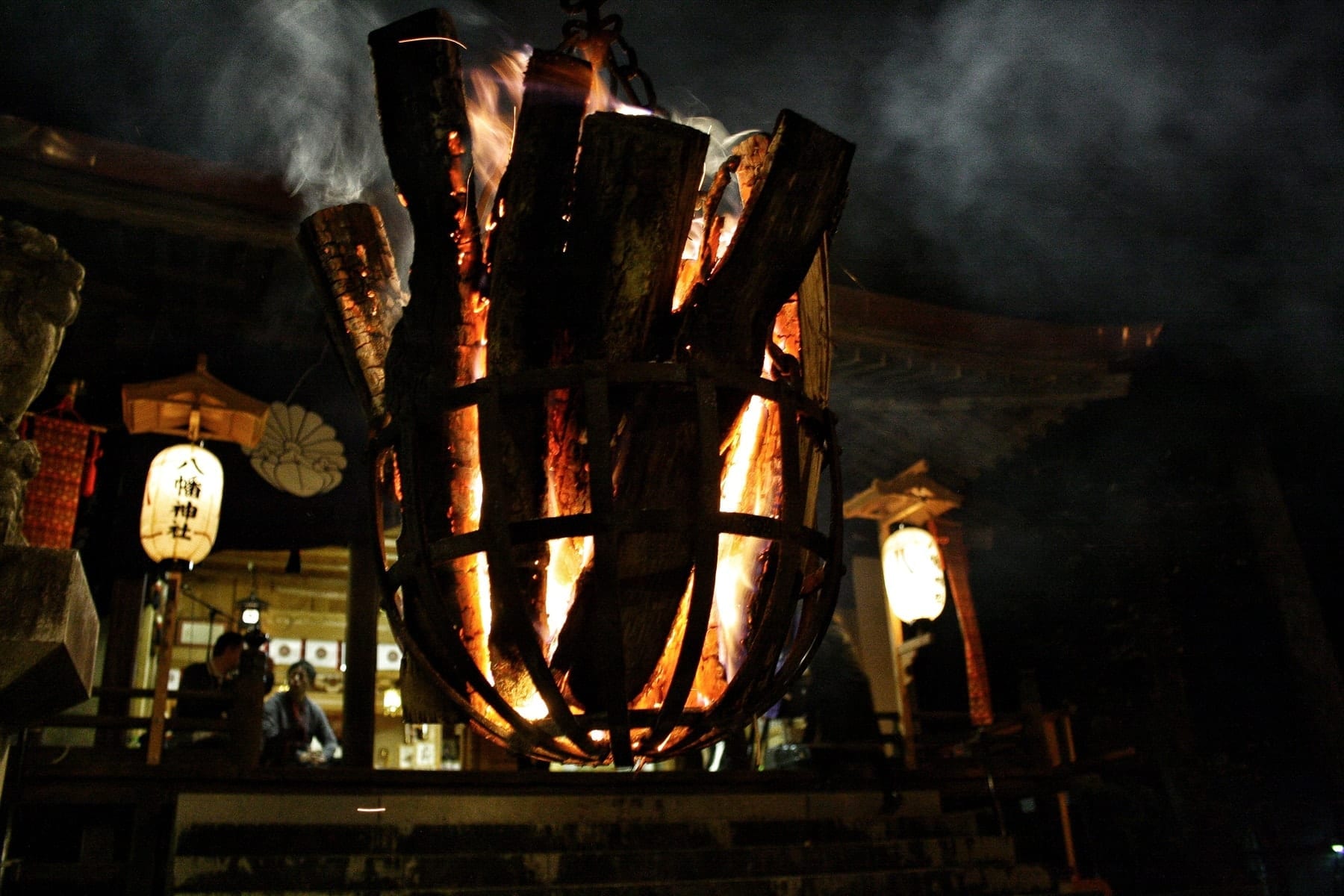
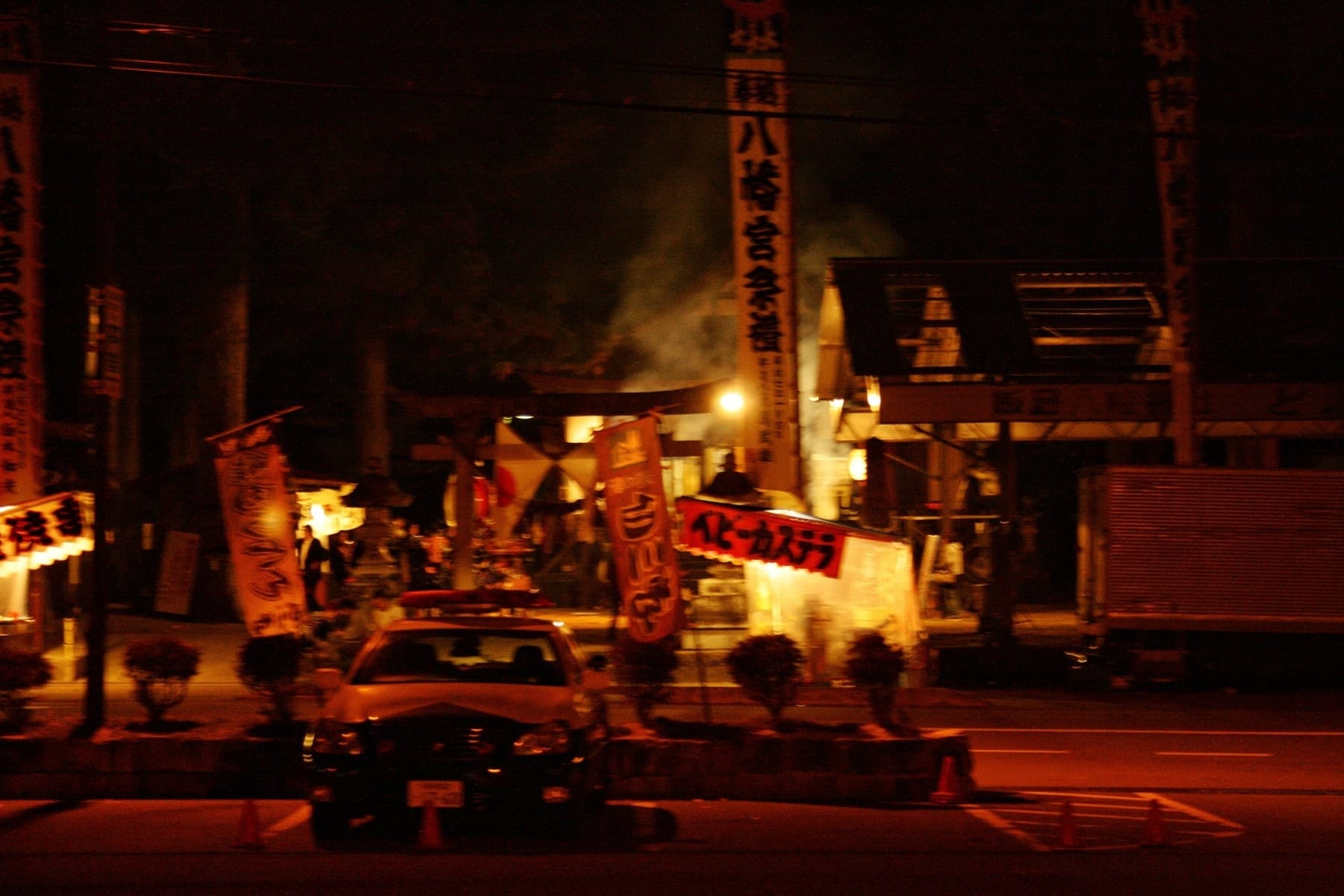
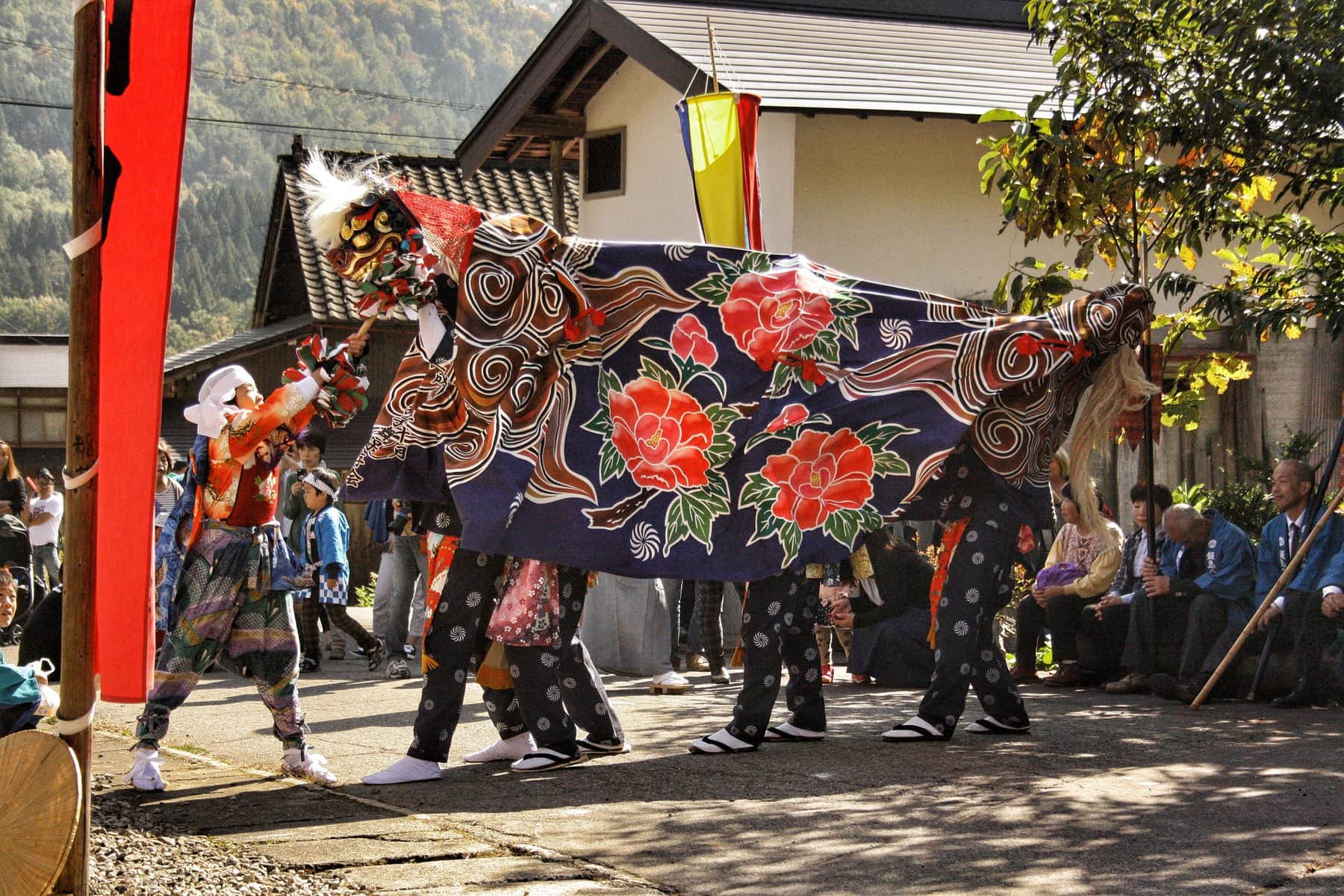
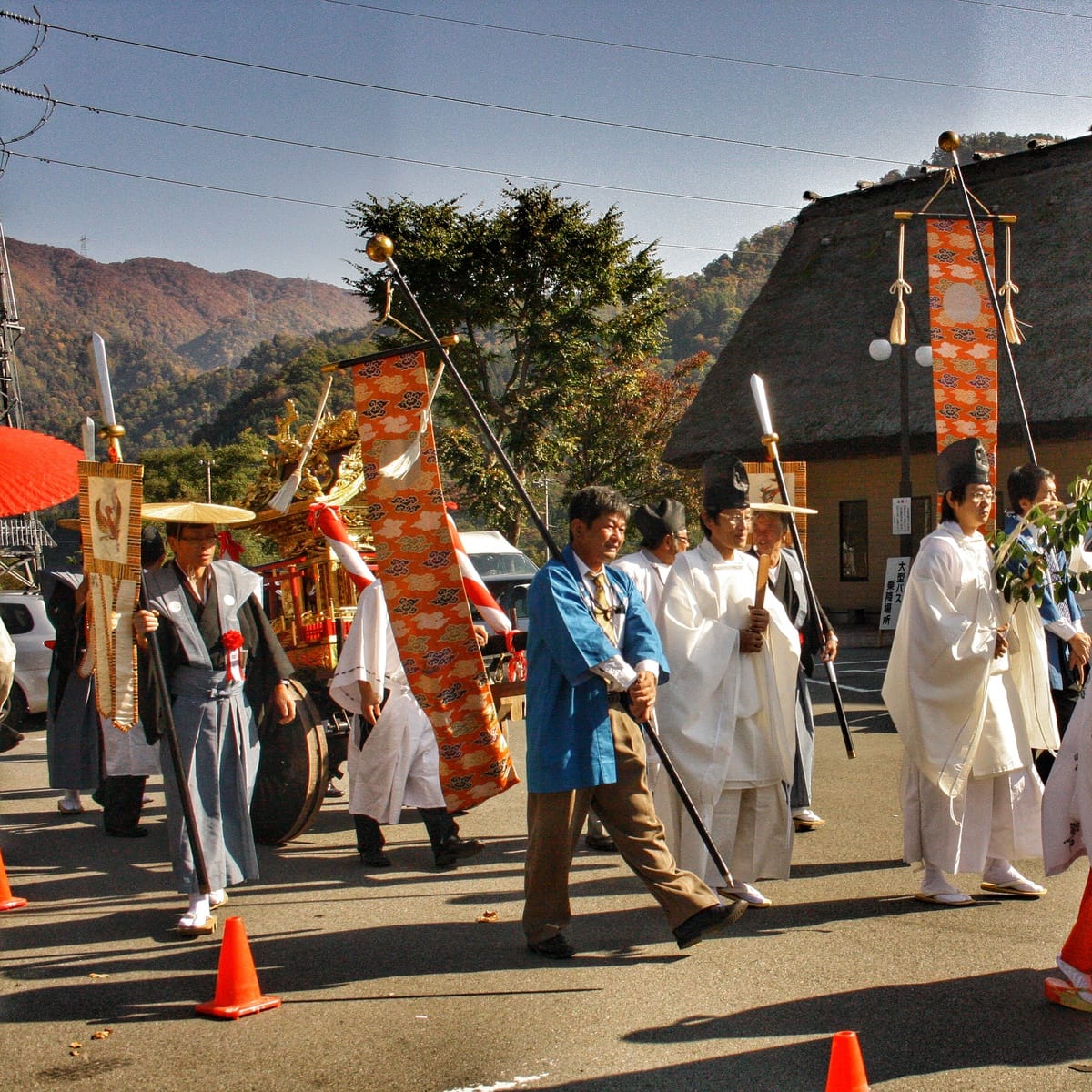
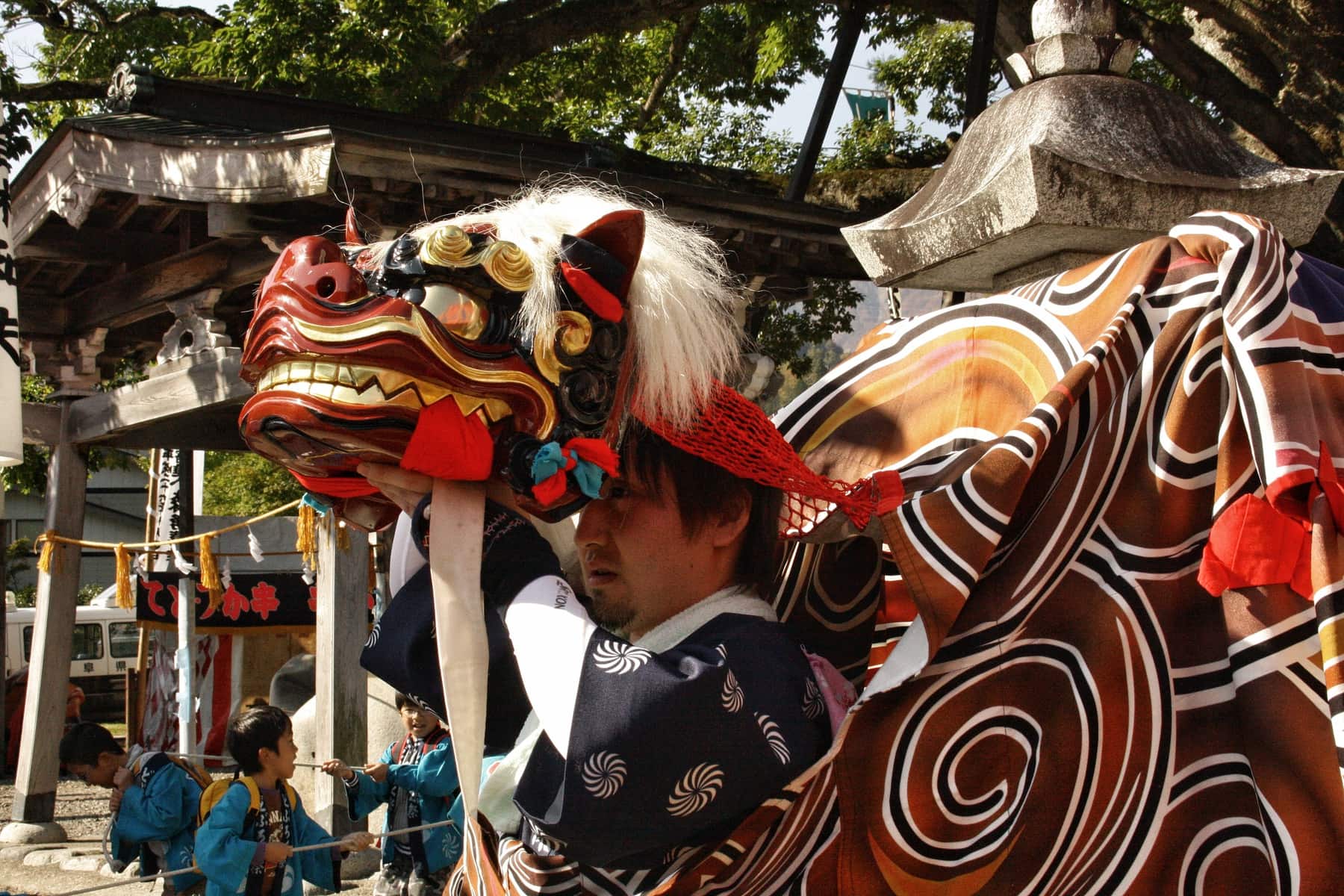
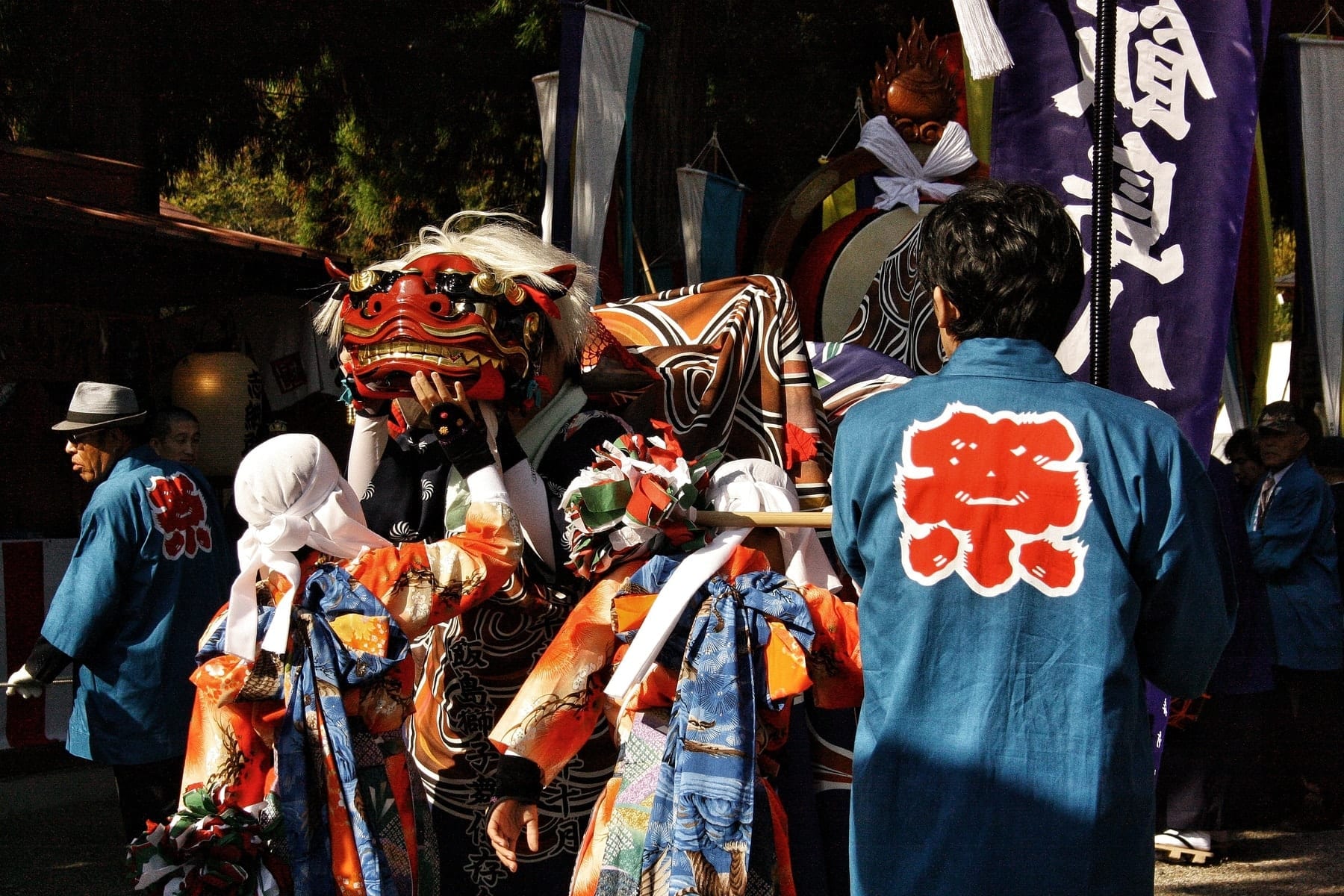
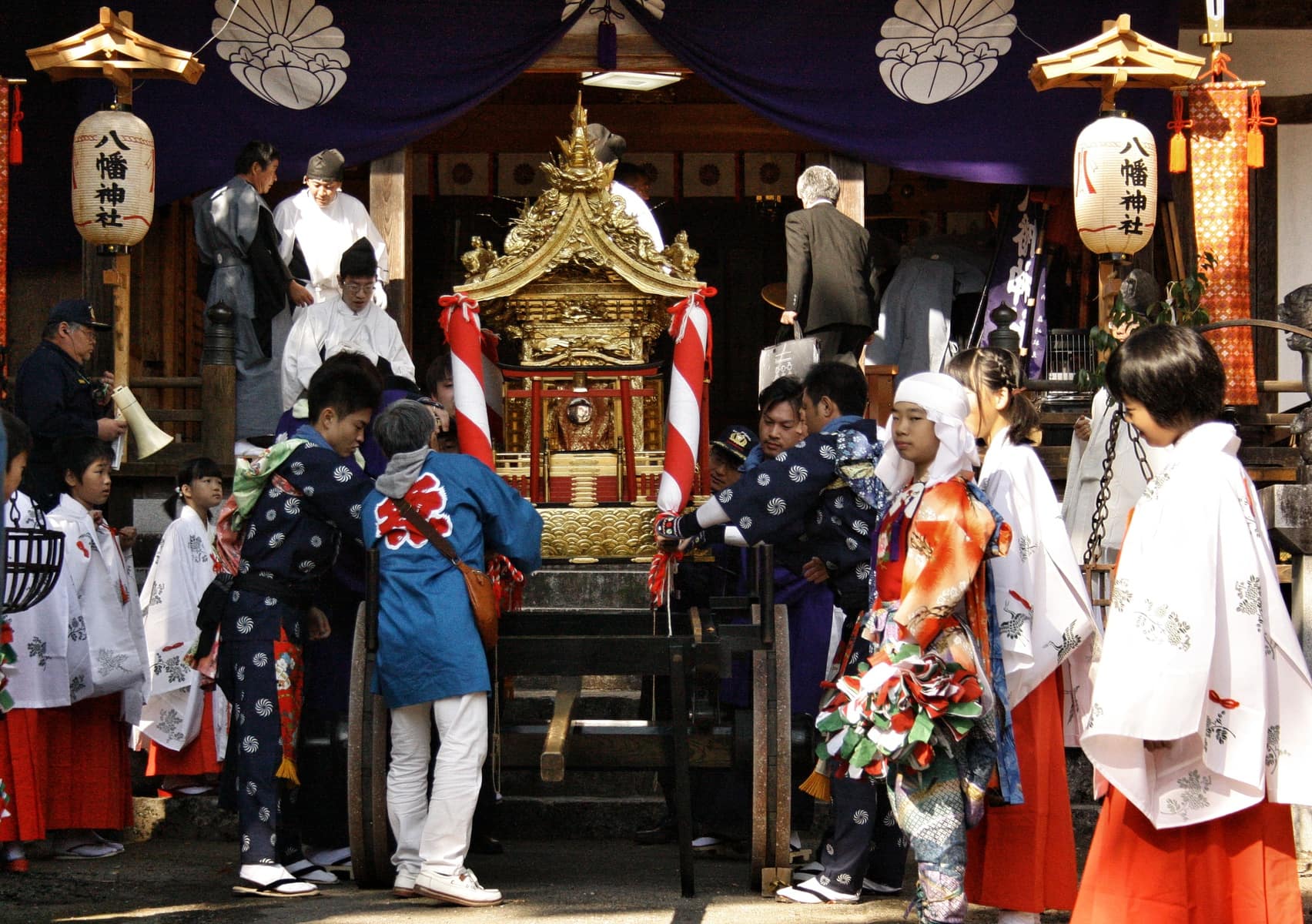

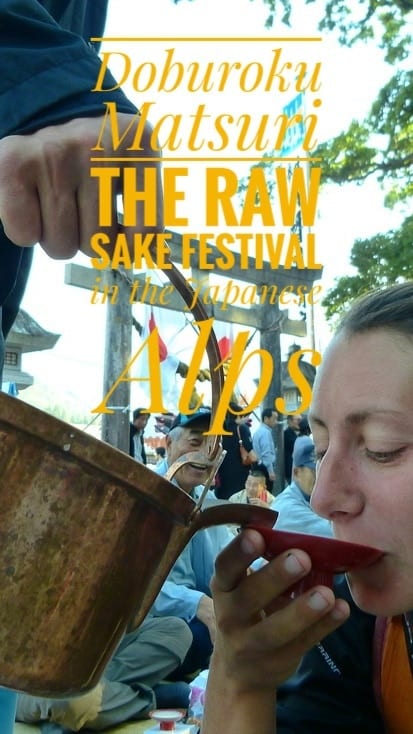
Follow us


